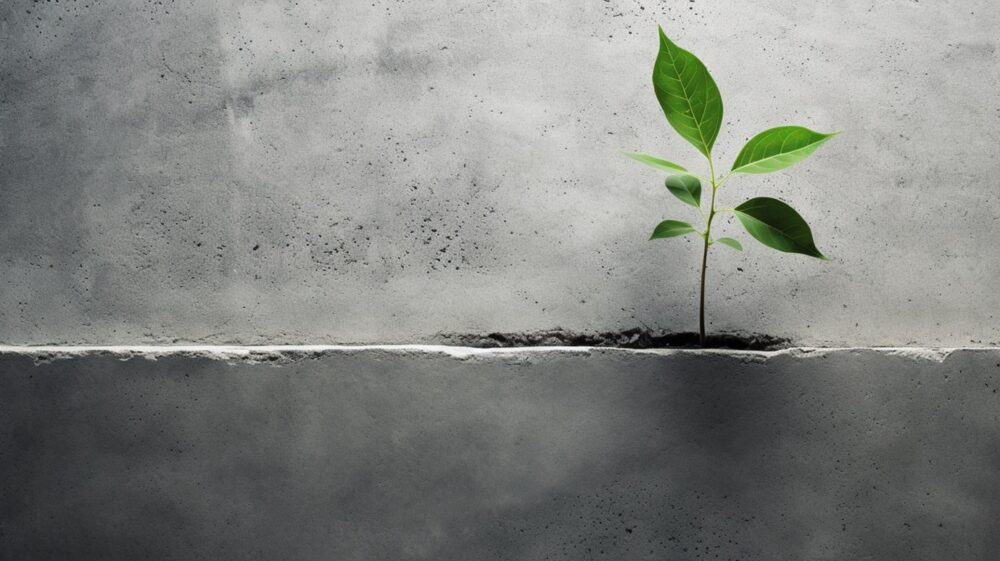One of the most important topics of discussion in today’s society is without a doubt sustainability. There are many branches of work where the current focus is producing eco-friendly practices in order to minimize CO2 emissions. One of these branches is concrete construction.
Construction is one of the largest industries in the world. However, it is also responsible for about 8% of global CO2 emissions. A large part of construction having such a huge carbon footprint is the production of concrete.
Why does concrete manufacturing release large amounts of CO2?
Cement is a crucial component in concrete, which also includes aggregates and water. Specifically, Portland cement is made by heating limestone and clay in a kiln. In concrete, the cement and water work together to act as a binder, holding the aggregates in place and giving the mixture its strength.
Unfortunately, cement production is one of the primary sources of carbon dioxide emissions globally. The calcination of limestone is releasing significant amounts of CO2, and the energy-intensive nature of heating materials in kilns often relies on the burning of fossil fuels.
This is why many companies have started to test new types of concrete mixtures that will work equally well, but produce less CO2. Following are some common examples of how we can make concreting greener through using low carbon materials.
Fly Ash and Slag Replacement
One common method used to create low-carbon concrete is to replace cement with a substitute. Usually, a material that does not produce as much CO2, or a material that is a by-product of something else.
For example, derived from the coal combustion process in power plants, fly ash can be a valuable substitute for Portland cement in concrete. Similarly, slag, a by-product of iron and steel production, has also been recognized for its cementitious properties.
By replacing the cement, it is actually possible to minimize the carbon footprint of concreting without compromising the strength and quality. Not only do these substitutions reduce the need for cement, but they also give new life to what would otherwise be waste products.
Natural and Recycled Aggregate
The choice of aggregate can play a pivotal role in the sustainability of a concrete mix. Incorporating recycled aggregates like crushed concrete, glass, or even certain plastics can decrease the overall carbon footprint of the mix.
By using recycled aggregates for sustainable concrete mixtures, one minimizes waste and fosters a circular economy. It is also an affordable option, which is why it is a good option for construction companies that have a budget to stick to.
How to ensure the quality of a low carbon concrete mix
One aspect that, in the past, have worried quite a few people in the concreting industry is whether the quality and strength of green concrete can compare to the regular concrete mixtures. However, by using AI sensors there is no need to worry about that anymore.
AI sensors are a huge step forward in quality assurance of concrete. Mainly because they use AI to perform strength predictions and can help you optimize your concrete mix. So that you don’t use more materials than necessary. By implementing this technology no one has to worry about sustainable concrete being of lesser quality.
